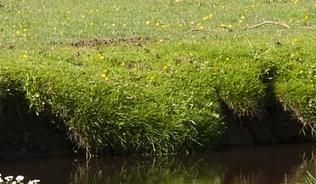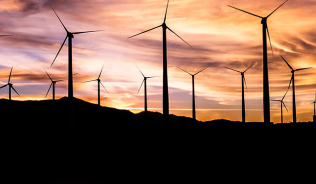No matter how technologically advanced we become, there will always be lessons to learn from the natural environment. In recent years beavers have been released in record numbers. This is due in part to the dramatic effect they have on the environment around them and how they can prevent flooding. However, their release has exposed a more intrinsic relationship with natural systems.
The qualities of beaver dams epitomise Sustainable Drainage Systems (SuDS) design. The dams are designed to keep water upstream, holding it at source, which is a key feature of managing quantity. They slow the velocity of water and settle out particulates, helping to purify water and improve quality. Beavers also create amenity for themselves using the dam as a home and a place to store harvested food.
The webinar focused on the design principals of SuDS and the close relationship between the principals of the beaver and the SuDS technologies available, both soft and hard. The presentation explored the issues associated with climate change, urbanisation and population growth, and how this is not only affecting biodiversity’s decline but also our mental health, and goes on to explore why SuDS are critical to both.
How can I get involved?
If you want to support the work of the IES to shape the future of the environmental sciences, consider becoming a professional member of the IES or join as an affiliate.
Other ways you can get involved include:
- Join our Water Community and attend our meetings twice per year
- Sign up to the FWR newsletter
- Sign up to our upcoming events for the project as they are announced
- Let us know your perspective by contributing a blog or analysis piece for the IES website
- Get in touch to find out more about the project and explore ways you can collaborate





